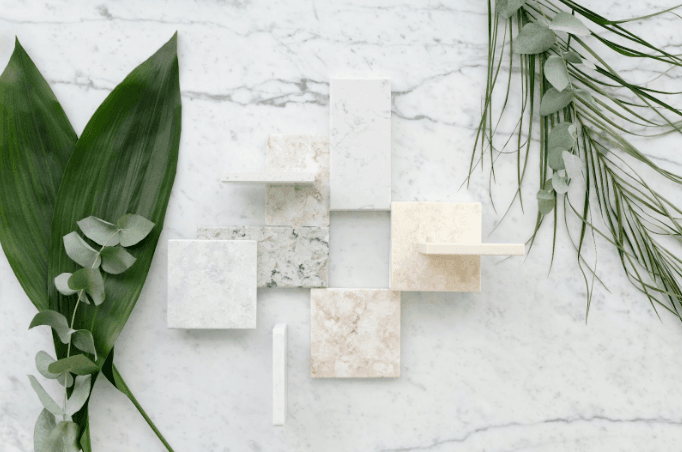
Choosing the Right Finish for Architectural Projects: A Practical Guide
April 18, 2025Beyond Aesthetics: What Is an Interior Decorative Finish?
Interior decorative finishes are the surface material applied to walls, doors, furniture, windows, and other structural elements. Superficially, these finishes enhance the look of a space, but they serve a crucial function in bolstering the performance of its function. These finishes – paints, laminates, vinyl architectural films – may be selected for their aesthetic appeal in their texture, colour, or pattern, but it’s how they stand up to daily use that matters. It does not help if wall and furniture coverings look great but fade away fast.
A good surface finish selection resists wear, cleans easily, and holds up over time. It's not just about style; it’s a strategic design decision where the form and function of interior decorative finishes come together.
Choosing Smart: The 4 Key Factors That Should Guide Your Selection of Interior Decorative Finishes
Choosing the right finish means more than appearances, and the harsh truth is not all architectural surface materials are created equally. Professionals need to consider performance, durability, how it complements the design vision, and even practical constraints that need to be taken into account. Four key factors stand out:
Functionality - A finish must suit the environment it’s used in. Will it face frequent cleaning? High humidity? Constant sunlight? Functional finishes are chosen based on their resistance to scratches, moisture, UV exposure, and cleaning agents. For example, vinyl architectural film offers excellent surface protection in both residential and commercial spaces. Functional and aesthetic finishes complement its environment and contribute to a space that not only looks refined but also performs reliably under daily demands.
Durability - Longevity matters, especially in high-traffic areas. The more durable the finish, the less frequent the maintenance or replacement. When selecting finishes, always ask: Will it hold up in a corridor? A reception area? A hospital room? Durability should align with how the space is used day-to-day.
Aesthetics - Of course, visual impact can’t be ignored. The right interior decorative finish should support the overall design tone, whether that’s sleek minimalism or layered texture. Consider factors like colour consistency, grain pattern, light reflection, and even tactile feedback when making a surface finish selection. This is where decorative architectural finishes offer designers an ideal balance of beauty and versatility.
Budget and Installation Practicality - Budget isn’t just about upfront costs—it’s about lifecycle value. Some finishes may cost more but offer savings in longevity or ease of installation. Products like wall and furniture coverings that retrofit easily can save on labour while achieving premium results.
Use Case Matters: Where Space and Purpose and Finishes Meet
Context is everything when one chooses architectural surface materials. The wall and furniture coverings in a boutique hotel lobby would look horribly out of place in a hospital corridor. Matching the finish to the environment ensures it is not just an aesthetic choice but one that underpins the performance of the space.
When selecting interior decorative finishes, take these factors into account before making a hasty decision:
Commercial vs. Residential vs. Institutional: Commercial spaces often demand finishes that resist heavy wear, while residential interiors allow for more delicate textures. Institutional environments—such as schools and hospitals—prioritize hygiene, impact resistance, and fire safety.
High-Traffic vs. Low-Traffic Areas: Areas like entrances, hallways, and reception desks require tougher finishes that withstand constant movement and cleaning. Low-traffic zones can be more forgiving and open to finer, more fragile decorative options.
Wet Zones vs. Dry Zones: Bathrooms, kitchens, and spa areas need finishes that resist moisture and are easy to sanitize. Dry areas like bedrooms or meeting rooms offer more flexibility in surface finish selection.
Retrofit vs. New Build: In retrofit projects, installation speed and minimal disruption are critical. Materials such as vinyl architectural film allow existing surfaces to be upgraded quickly without major demolition, offering aesthetic and practical advantages.
Understanding the relationship between the finish and the environment is the foundation of smart, sustainable design decisions.
Finish Strong: Making Design Decisions That Last
Choosing the right finish for architectural projects is not just a matter of taste—it’s a strategic choice that impacts durability, maintenance, and long-term satisfaction. The best results come from aligning material with context, striking a balance between visual appeal and functionality, and selecting surface finish solutions that support the space’s purpose. Whether you’re working on a retrofit or a new build, the right decision on functional and aesthetic finishes now can mean fewer compromises later.